There are a wide variety of things to do in Japan, and things that involve nature (parks, nature festivals, etc) are popular activities for all times of the year. For example, the “cherry blossom” season (おはなみ、お花見) is one of the most popular festival times in Japan, occurring from January through April, depending on the region of Japan (south to north).
Some activities that we have not talked about yet would be to visit some of the many castles, gardens, temples and shrines throughout Japan, and especially during these special “natural” or seasonal events such as the お花見 (spring flower viewing, especially for cherry blossoms or さくら、桜) or the ももじがり(百地狩り)or “fall leaf viewing” (especially for Japanese maples).
Here are some highlights of a few of the types of gardens that can be found around Japan.
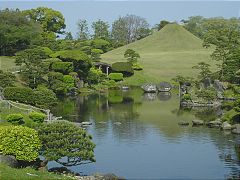 Tsukiyama Gardens
Tsukiyama Gardens
Tsukiyama Gardens つきやまにわ(月山庭)have ponds, streams, hills, stones, trees, flowers, bridges and paths are used to create a miniature reproduction of natural scenery, often a famous landscape in China or Japan.
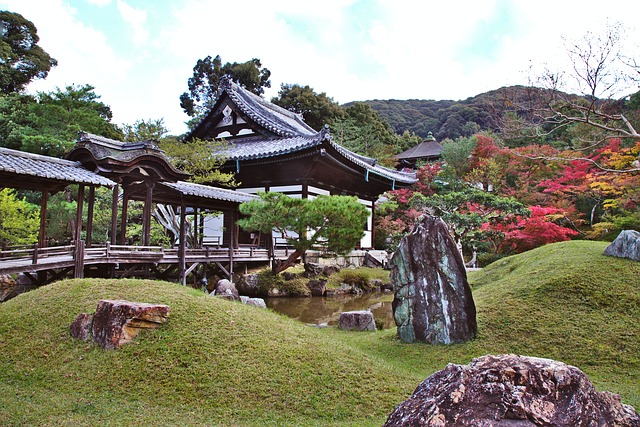
The name Tsukiyama refers to the creation of artificial hills and reflects the Kanji for both the “moon” and “mountains” as well as the Kanji for “garden”.
Pixabay Images CC0
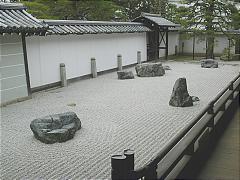
Karesansui Gardens
Karesansui Gardens かれさんすいにわ(枯山水庭)reproduce natural landscapes in a more abstract way by using stones, gravel, sand and sometimes a few patches of moss for representing mountains, islands, boats, seas and rivers. Karesansui gardens are strongly influenced by Zen Buddhism and are often used for meditation purposes.
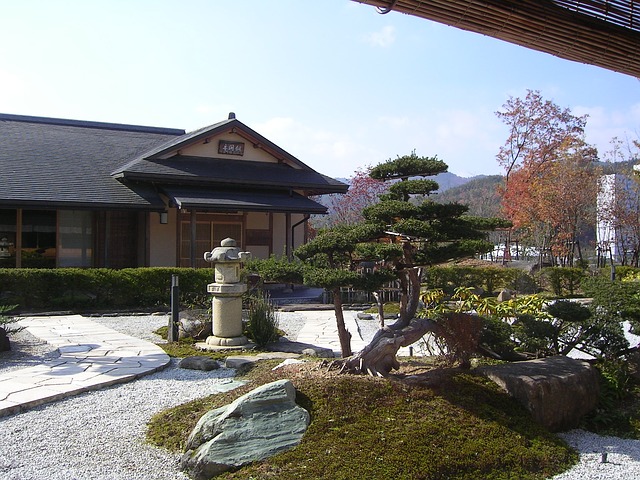
Chaniwa Gardens
Chaniwa Gardens ちゃにわ(茶庭)gardens are built specifically to compliment the Japanese tea ceremony. They contain a tea house where the actual ceremony is held and are designed in aesthetic simplicity according to the concepts of chado ちゃどう、茶道 ( the tea ceremony) as shown in the first Kanji which is the Kanji for “green tea”.
Pixabay Images CC0 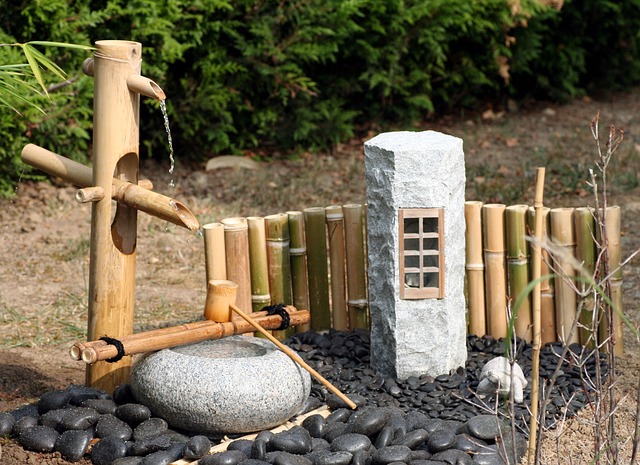
Chaniwa gardens typically feature stepping stones that lead towards the tea house, stone lanterns and a stone basin (tsukubai), where guests purify themselves before participating in the ceremony.
Pixabay Images CC0
![]() Listening Assignment Preparation
Listening Assignment Preparation
Click the Play button to listen to each recording. You will complete an assignment, preparing questions using written in complete Japanese sentences. Llisten to the recordings as many times as you wish.
- ききましょう
- ききましょう
- ききましょう
- ききましょう Performing arts : ぶたいげいじゅつ
- ききましょう
- ききましょう
- ききましょう
- ききましょう
![]() Graded Assignments
Graded Assignments
Please return to the Section 2 Tasks & Assignments folder to complete the graded assignments for Section2, Part D.

